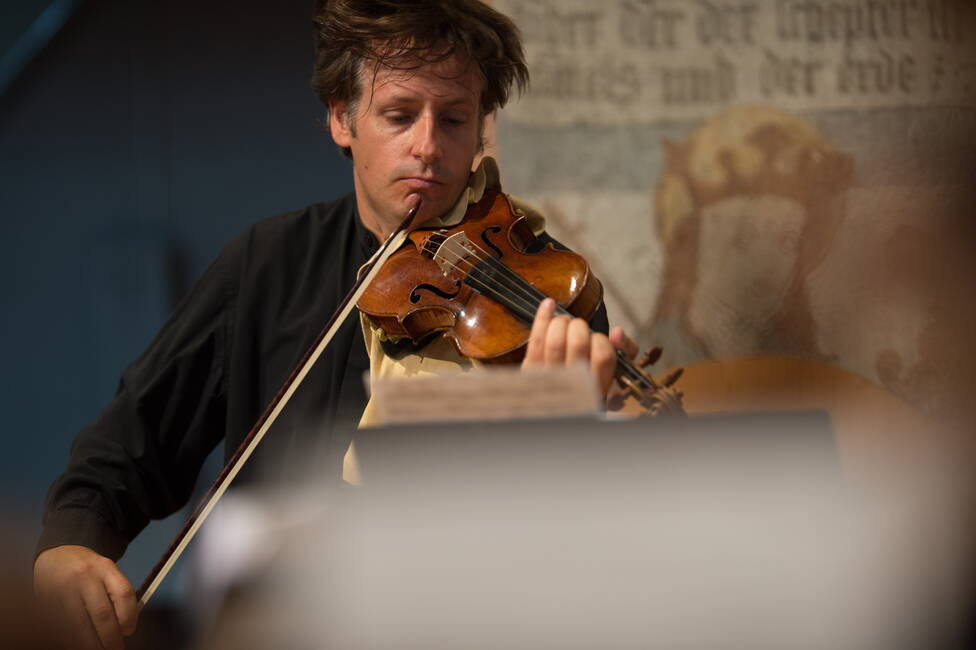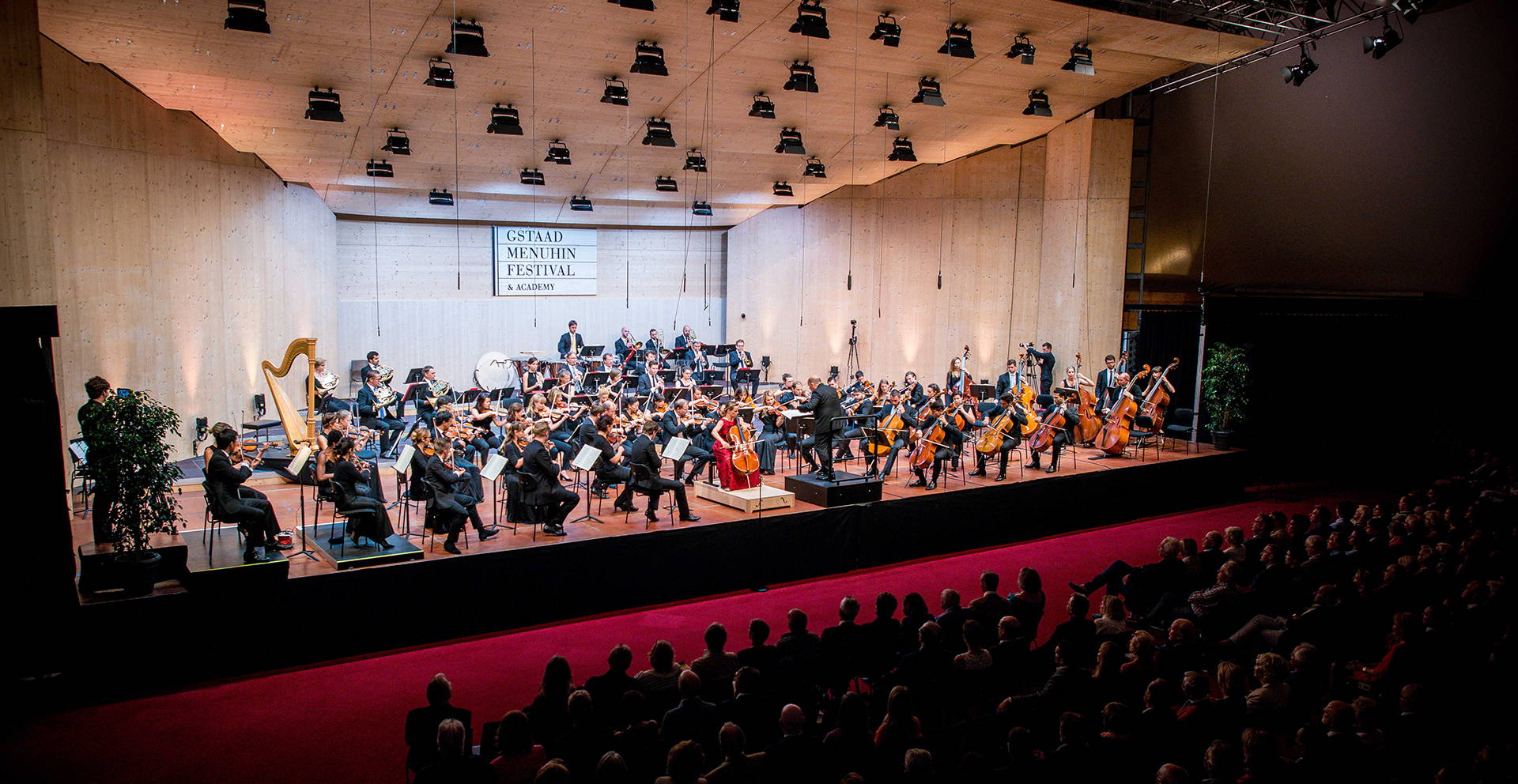3 Questions to.. Andrés Gabetta!
What is unique and new about the Tango Seasons project?
Andrés Gabetta: It is not unheard of to combine Vivaldi’s The Seasons with Piazzolla’s: a number of artists have already done it. It is the approach that makes our version unique. With this project, I wanted to show that there really are no boundaries between Baroque and modern music, between period and modern instruments. Unfortunately, as time passes, one tends to forget the most important thing is and will always be the music. We reworked Piazzolla’s Seasons with the composer Roberto Molinelli, which resulted in the combination of the music of the 20th century and historically informed performance practice. This allowed for the development of a colorful and contrasting sound.
Where do Vivaldi and Piazzolla come together?
Andrés Gabetta: This project is very close to my heart. I wanted to create a union between my Argentinian roots and my specialization in Early music. Gut strings were in use until the beginning of the 20th century, but within a century the sound connected with it has totally disappeared, as it was pushed aside by steel core strings. With Piazzolla, a composer from the 20th century, it is striking because we are used to hearing his music on steel core string. Listening to his music played with gut strings means to discover its colorfulness in a new way.
Is it true that the Argentine Tango originates from Neapolitan Baroque music or is this a myth?
Andrés Gabetta: Difficult to say. It is said that the tango is a mixture of three cultures: European, Afro-American and Argentinian. The language of tango was mostly formed in the slums of Buenos Aires, but there are also Spanish, Italian and French, Portuguese, and English influences to be found. Thus, the combination of Baroque music and tango seemed natural to me.


